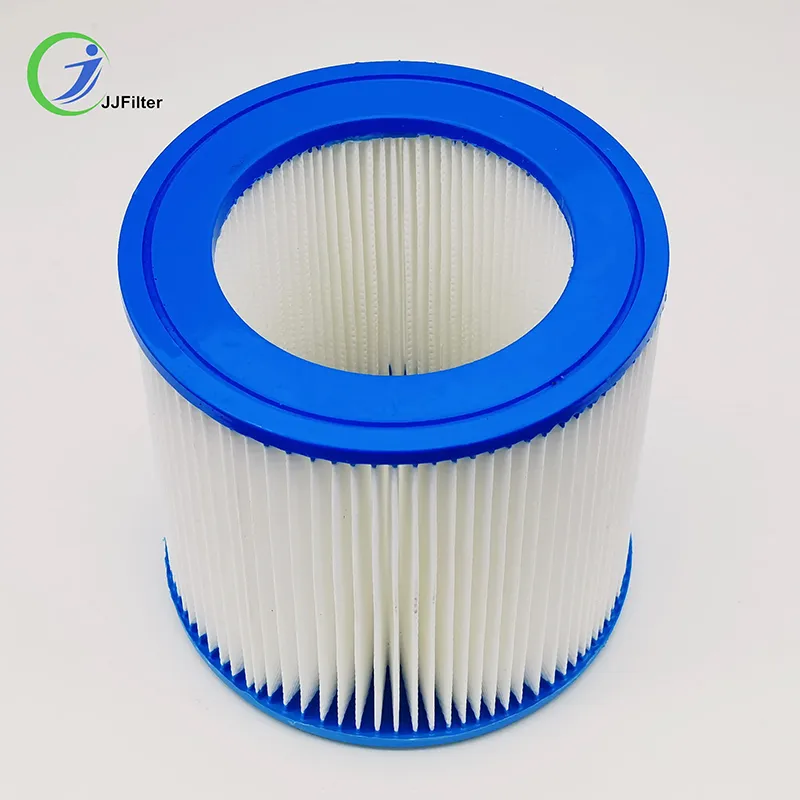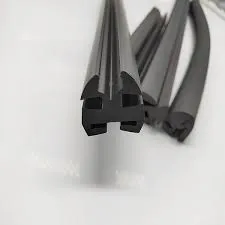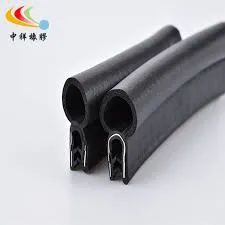In various industries and applications, the significance of sealing solutions cannot be overstated. One of the most reliable and versatile options available today is the thick rubber seal strip. These strips are used in a wide array of environments, from residential to commercial and industrial settings, ensuring effective sealing against air, water, dust, and noise. As consumers and businesses seek reliable sealing solutions, understanding the benefits of thick rubber seal strips becomes essential.
 Home
Home









